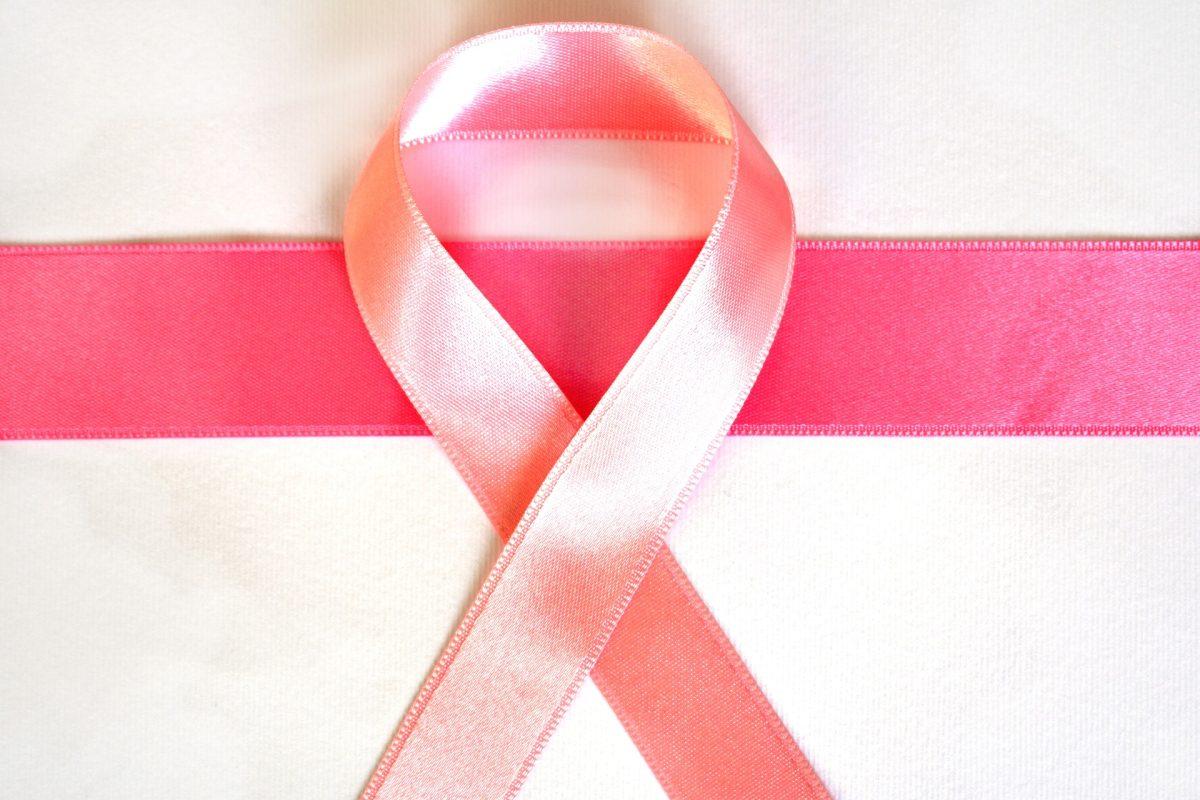As many of you already know, October is Breast Cancer Awareness month. Many wear pink socks, pink t-shirts, bandanas and pink ballerina tutus. Wearing the color pink is in support of both brave women and men that are battling breast cancer.
A diagnosis of breast cancer is one frightening experience for a woman or man to have.
According to a USA Today article, about 70,000 people are diagnosed with breast cancer between the ages 15 and 39 every year.
Many college-aged women believe they are too young to develop breast cancer; this is false.
College-aged women also hold numerous misconceptions about breast cancer.
“They’re unfamiliar with the healthcare system and often do not get second opinions about their diagnoses,” said Jessica Henslee in an I’mtakingcharge piece. “If their physician says a lump is of no concern, they’ll often drop the subject and ignore the abnormality.”
Even if a doctor advises that it is of no concern, trust your gut. It is better to get a second opinion or ask for imaging studies to be done to be sure.
And yes, men can get breast cancer.
“However, there is no difference between male and female breast cancer in terms of treatment and prognosis,” said Haley Dougherty in a piece for United Breast Cancer Foundation. “Not only are men typically diagnosed too late, but they also suffer from the stigma of being a man with a disease ‘for women.'”
Are there differences between women and men regarding breast cancer?
“One of the major differences between male and female breast cancer is that women are encouraged to systematically check their breasts,” Dougherty said. “Because the disease is so prevalent in women, most women self-examine their breasts once a month and get a yearly mammogram. Men, on the other hand will only be examined when there is a noticeably large bump already growing and possibly spreading.”
If you do a breast cancer diagnoses, do not panic, but do not ignore it either. Take some time to educate yourself now, as there are different types of breast cancer and it is important to understand the type that you have so you can make the best treatment choices for yourself.
Did you know that there are different types of breast cancer?
According to cancer.org, there is ductal carcinoma in situ or DCIS, lobular carcinoma in situ or LCIS, invasive ductal carcinoma, invasive lobular carcinoma and inflammatory breast cancer or IBC. In situ is when it has not broken out and invaded surrounding tissues. Invasive cancers means that it has broken out of the duct or lobule and could potentially spread to lymph nods. A few tests used to diagnosed breast cancer are mammograms, ultrasound, biopsy and MRI scan. Surgeries involved in removing the breast cancer are lumpectomy, mastectomy, reconstructive, radiation and chemo and hormone treatment.
What are some ways to help those that are going through breast cancer?
Be there to listen and expect to display a wide variety of emotions. Support them in their choice of treatment, offer assistance, provide transportation to appointments, run errands and show support to the patient’s loved ones. These diagnoses are life changing for them as well.
Remember, early detection is best.
For questions/comments about this column, email [email protected] or tweet @TheWhitOnline.

























































































































































!["Working with [Dr. Lynch] is always a learning experience for me. She is a treasure,” said Thomas. - Staff Writer / Kacie Scibilia](https://thewhitonline.com/wp-content/uploads/2025/04/choir-1-1200x694.jpg)











































Patti Bradfield • Oct 4, 2018 at 2:16 pm
Thank you for your story on breast cancer. Hopefully you could do a follow-up on Inflammatory Breast Cancer, telling ‘people’ (your readers) there is no NO early detection of IBC. Mammograms 99% of the time don’t see it because it lays in sheets not a mass.
You could save someone’s life by doing a story on the signs and symptoms of IBC.
Thank you
Patti Bradfield